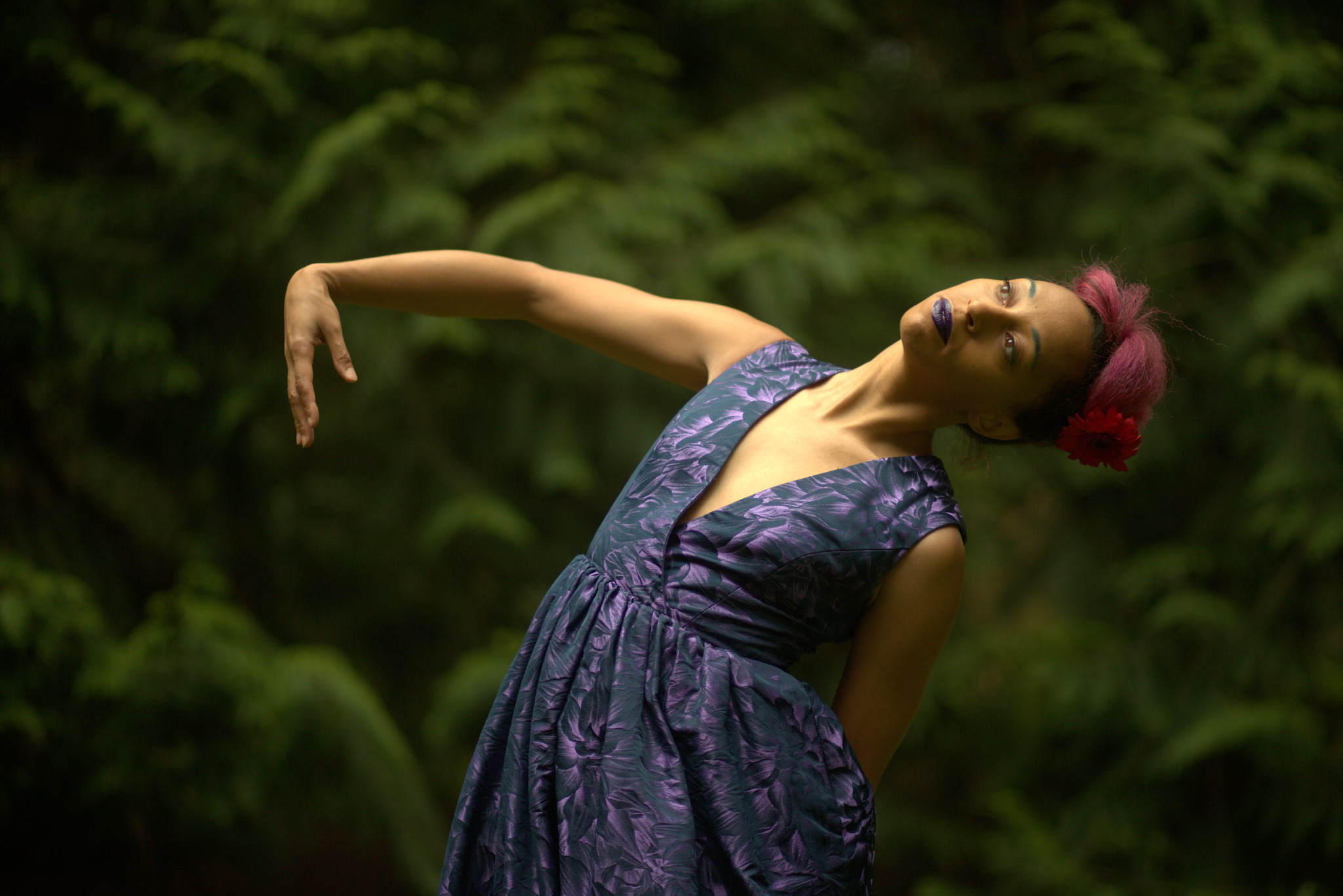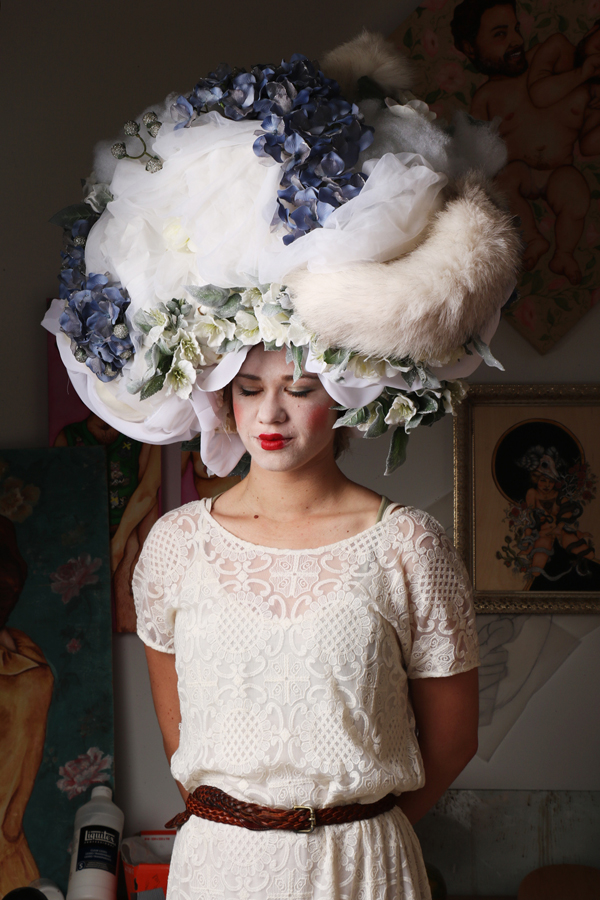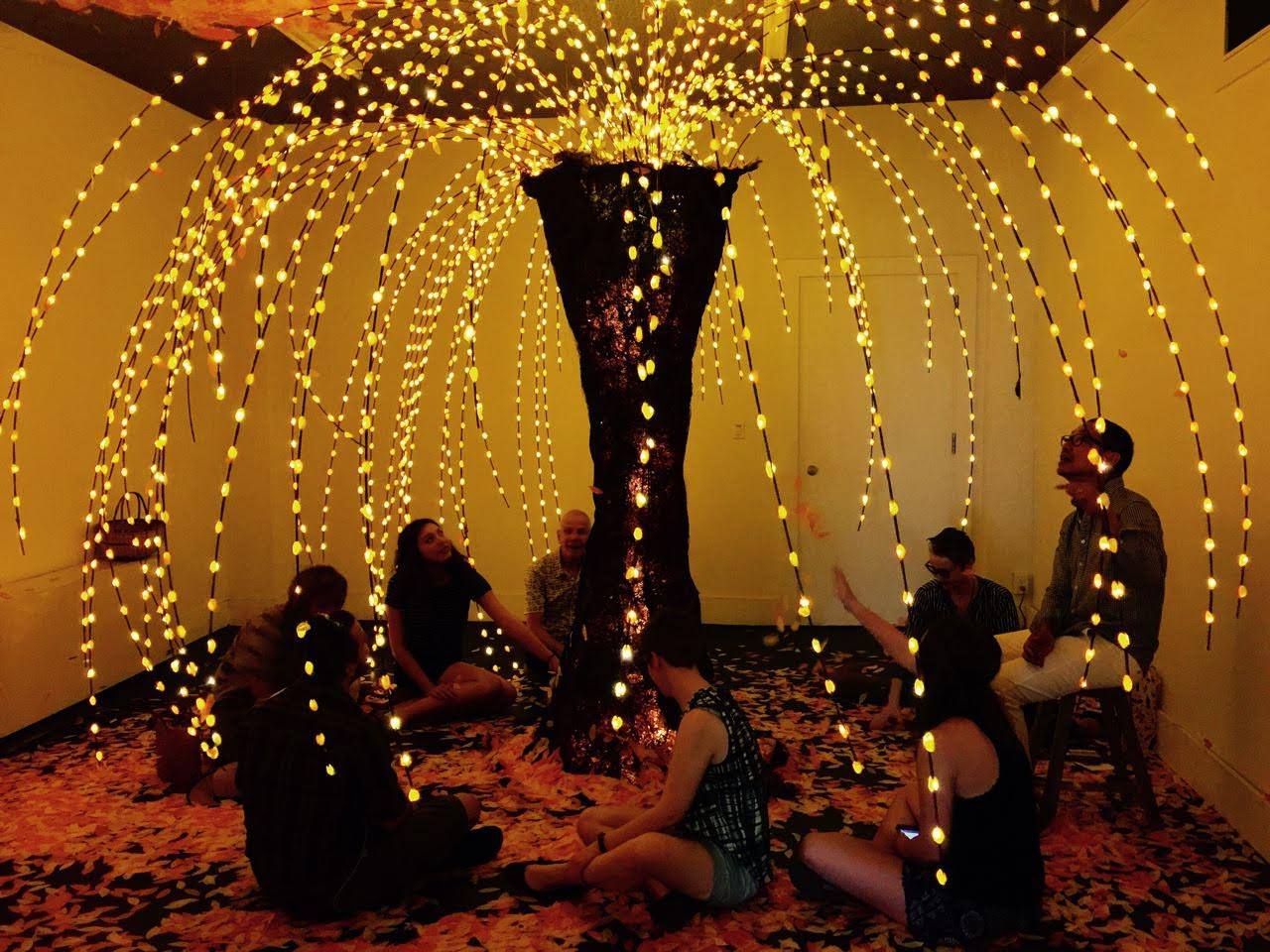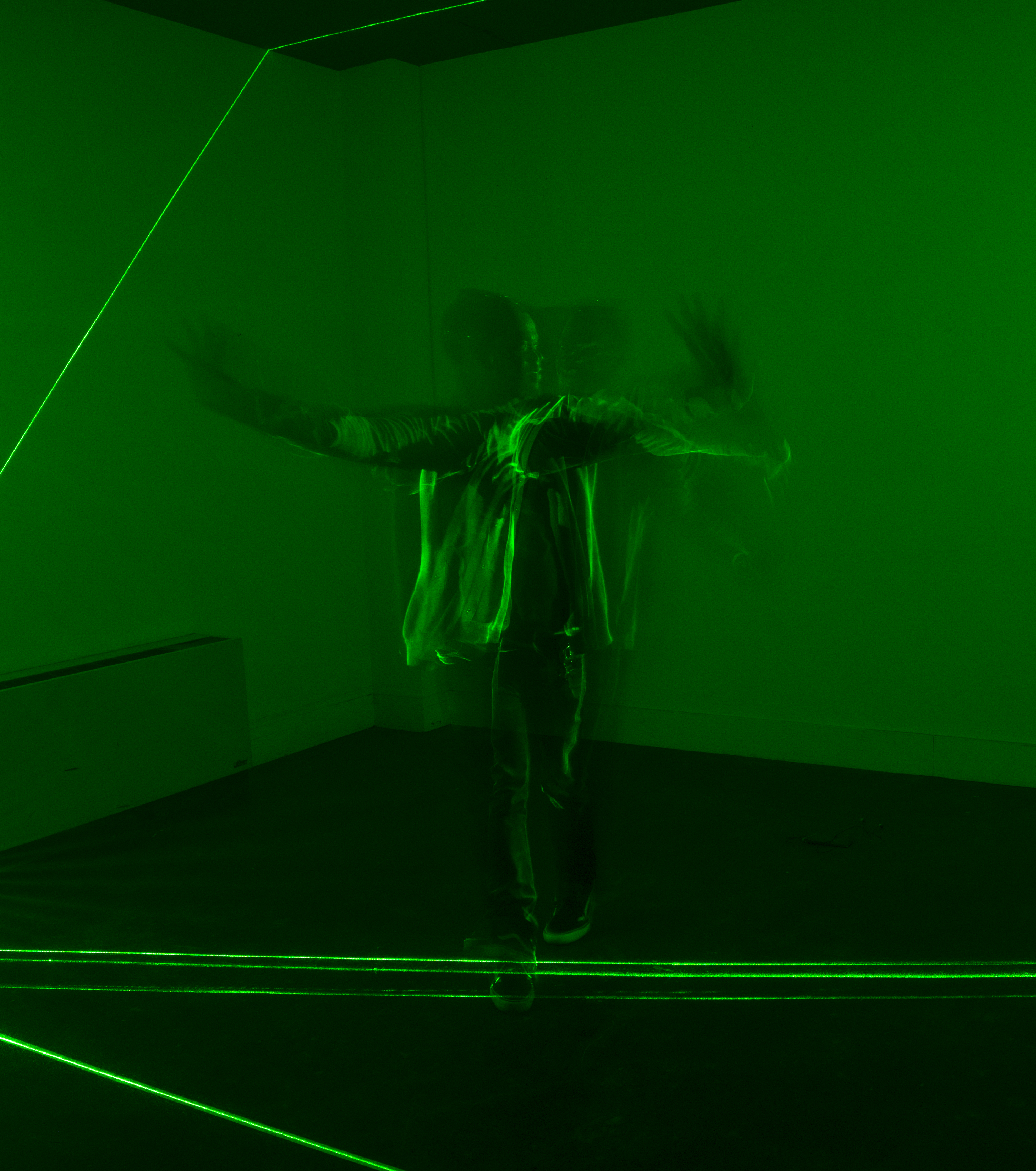Current and Past Artists-in-Residence
CURRENT
Natasha Marin, Spring 2018
Natasha Marin is a conceptual artist and independent consultant primarily focused on digital engagement and community building. Her work supports building sustainable digital and IRL communities through creative engagement, modes of connection, and methods of encounter. Her current project is Black Imagination (www.black-imagination.com).

PAST
Sofia Babaeva, Fall 2017
Sofia Babaeva is a multi-disciplinary artist based in Seattle. She was born in St. Petersburg, Russia and immigrated to the Pacific Northwest as a child. In 2012, she graduated with a BFA from the University of Washington’s 3D4M program with a concentration in ceramics. Her practice focuses on exploring the concept of identity as it relates to place, culture, personal relationships. She often references her Russian upbringing and heritage through material choices and nods to visual traditions such as Orthodox iconography.

Yuri Kinoshita, Summer 2017
Yuri Kinoshita creates large-scale installations that usually incorporate light as well as finely crafted structural elements that come together to create an interior space that evokes both the grandness and minuteness of nature. In Kyoto, where Kinoshita grew up, her family has manufactured kimonos for three generations – an occupation that has influenced her as an artist. She writes: “The richly-patterned textiles that surrounded me from childhood always showed fine descriptions of natural beauty.” Describing her art practice that has evolved throughout her professional and personal trajectory, including her move to Seattle, she writes: “I stitch, dye, sew, fold, and shape organic materials by hand, to create pieces that are individually fashioned to their environments. I design them to be playful…compartments of light, with hidden surprises, just as the skies appear to me.”

Iole Alessandrini, Spring 2017
For her residency, Iole Alessandrini created an interactive installation featuring light lasers and a permeable wall visitors will have the opportunity to walk through. Alessandrini’s first experience of the Inscape building was as an immigrant being processed through the INS. She writes: “The INS building and its history have become a poignant memory for me. In it, in 1998, I received my Green Card or permanent United States residency. In 2008, in the USCIS (US Citizen and Immigration Services) in Tukwila I became a naturalized U.S. citizen. And now, in 2017 at Inscape I have been honored to be the first artist in residence. Unlike many of my light installations, which are abstract/non-representational, for the Inscape project I will install a green laser-plane to represent a luminous “wall” that divides the room in two halves. In such a space I invite people to physically cross the wall as an action of protest against any wall, built or intended to be built, between nations. With a camera I will take pictures of people in the green laser light of each crossing. Nobody is detained.“

SaveSave




